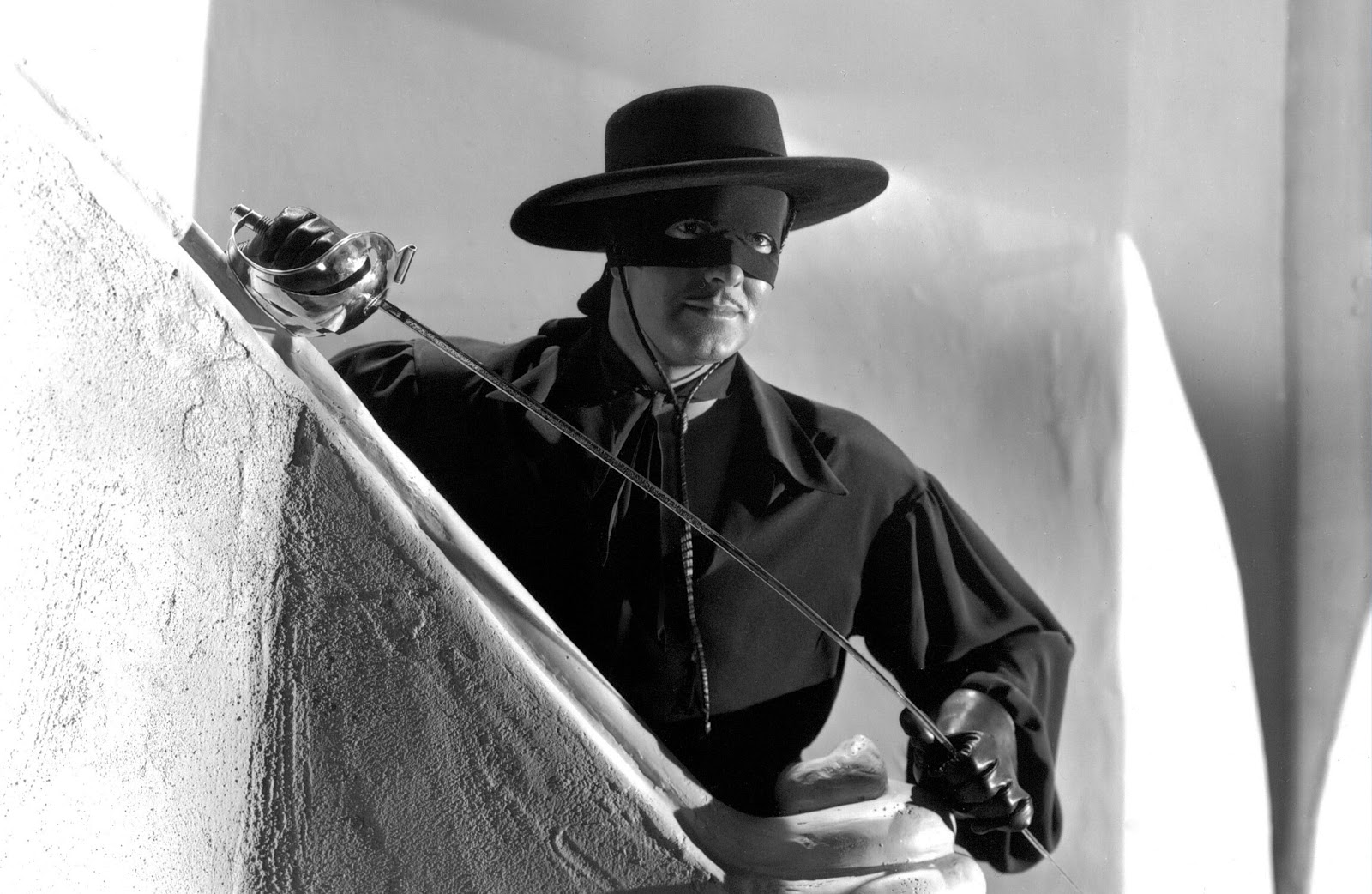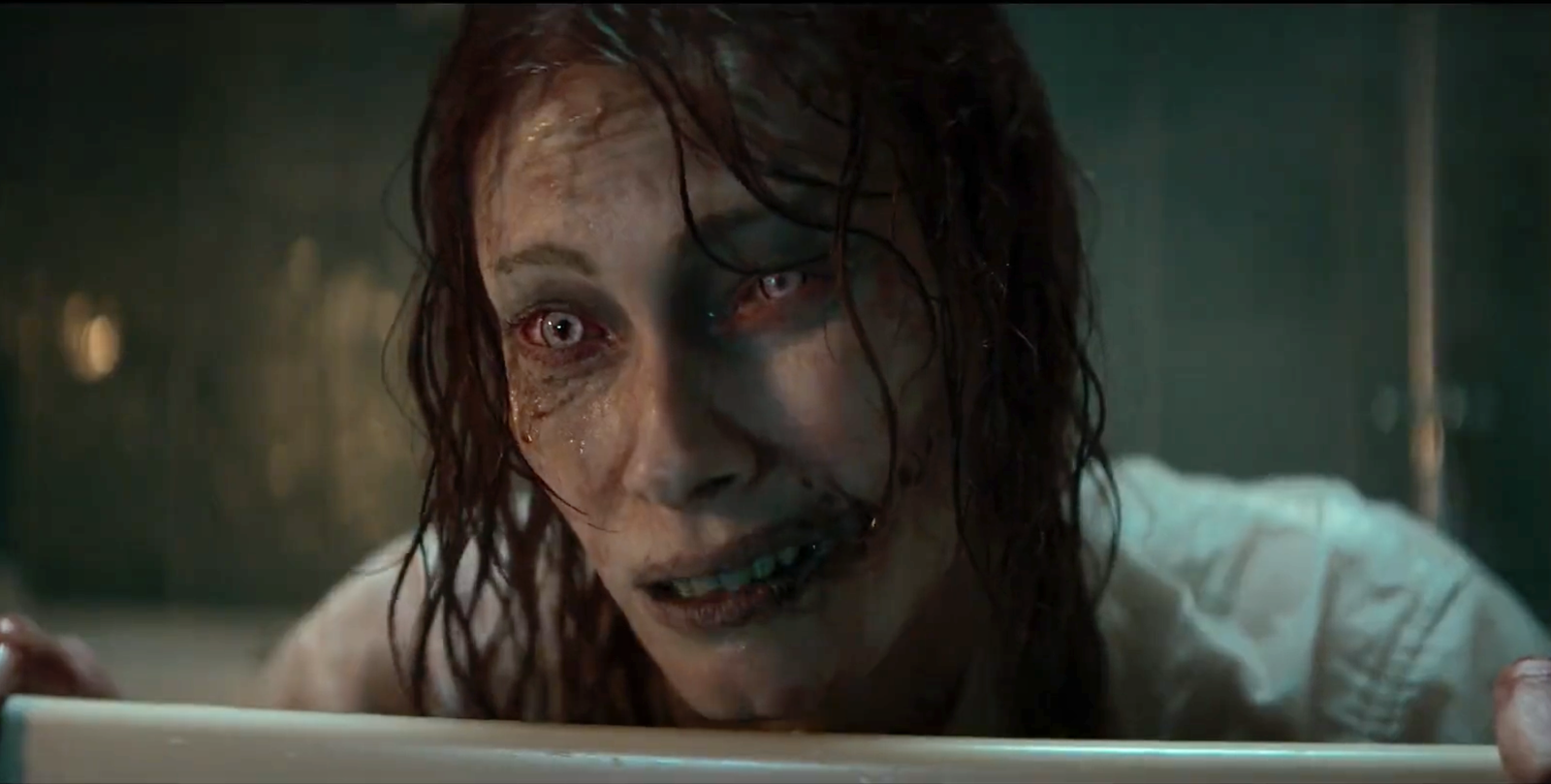Year: 2023
Director: Kevin Greutert
Screenplay: Peter Goldfinger and Josh Stolberg
Starring: Tobin Bell, Shawnee Smith, Synnøve Mackey Lund, Steven Brand, Renata Vaca, Michael Beach
Running Time: 118 minutes
Genre: Horror
John Kramer (Bell) has been given just months to live due to his terminal brain cancer. In desperation, he approaches a clinic in Mexico that promises a radical new treatment to cure cancer. Kramer soon realises, however, that he has been tricked, and the operation is merely a scam to con cancer sufferers out of thousands of dollars. However, John Kramer has a few tricks of his own. What the scammers don't know is that he is none other than the notorious Jigsaw Killer, and soon the predators become the prey, when Kramer forces them to play his sadistic games.
This is the tenth instalment in the hugely popular Saw franchise. The Saw films focus on serial killer John Kramer, known as "Jigsaw", whose victims are those he deems to have done wrong or wasted their lives. he doesn't kill his victims directly but imprisons them in elaborate, specially designed traps, which usually make some ironic comment on the "sins" Kramer believes them to have committed. The traps, which Kramer refers to as "tests" or "games", are lethal but there is a way to escape, at the cost of extreme physical or psychological torture, which very few can withstand, and so most of Kramer's victims are killed by their traps. The cadaverous, softly-spoken Tobin Bell once more reprises his role as John Kramer, this time taking centre stage as anti-hero rather than out and out villain. Series regular Shawnee Smith also returns as Amanda, one of Kramer's victims who survived her ordeal and became his devoted apprentice. The surrogate father-daughter relationship between Kramer and Amanda forms the emotional core of the film. Norwegian actress Synnøve Mackey Lund is impressive as the heartless head of the scam operation. Despite being the tenth film in the series, the story takes place between the events of Saw (2004) and Saw II (2005). The film is slow to get going. There is a brief scene at the beginning of the film where we see Kramer witnessing a hospital orderly stealing from a patient, and imagining the orderly in one of his death traps, he decides to spare the orderly when he puts the patient's possessions back after noticing Kramer staring at him, despite this it is a long time before we get to the traditional Saw action, although when it does get going it is impressive enough with all the gore and carnage that fans have come to expect from the series. Incidentally, there is an additional scene partway through the end credits.
The Gamesmaster: Tobin Bell in Saw X























